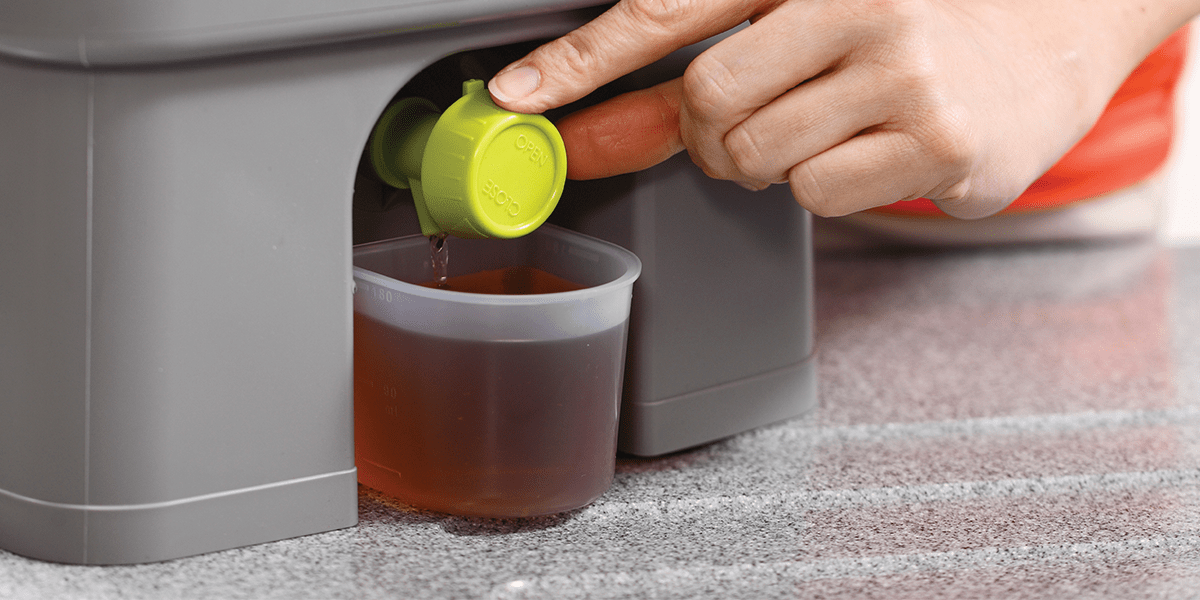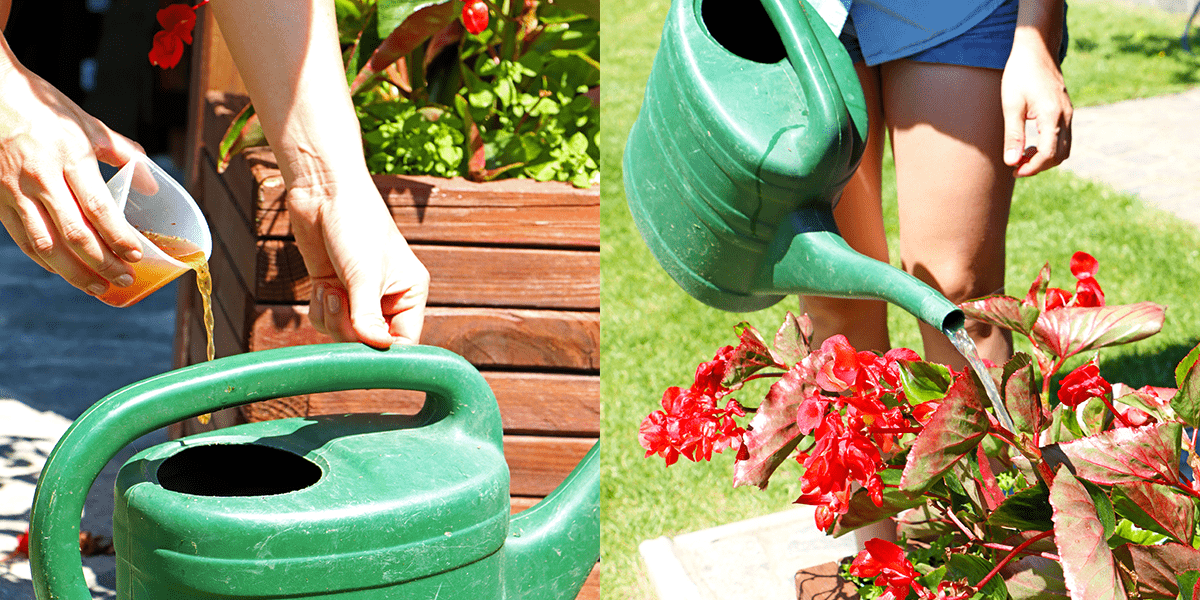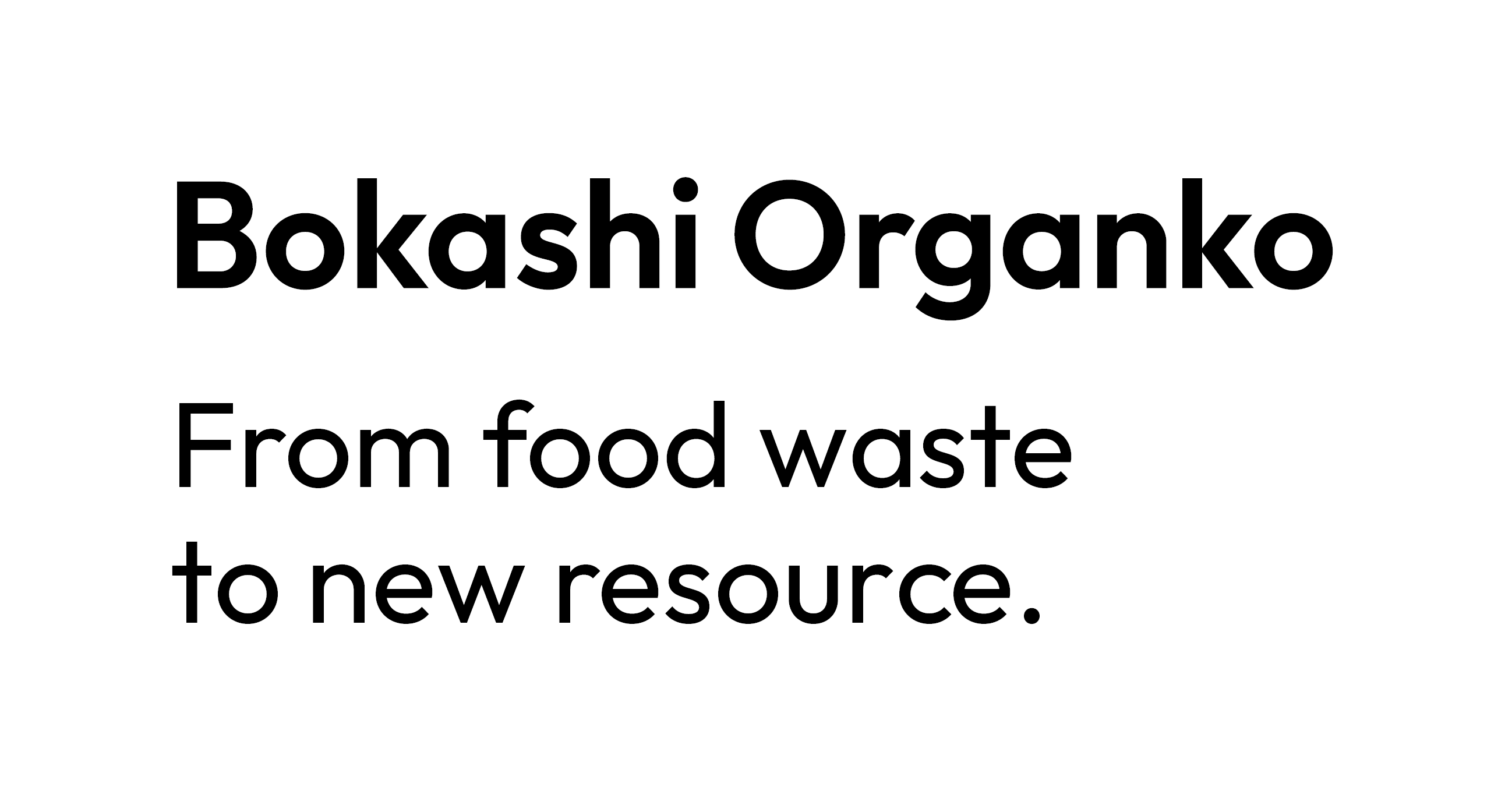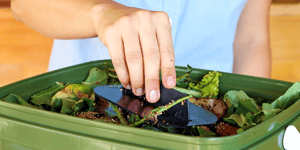We rarely think about it, but the bio-waste we produce in millions of households around the world is responsible for a large chunk of emissions. It feels like conscientious waste separation is the best we can do on a personal level to help the environment. Still, there are actually even more advanced habits we can adopt. One of them is home composting, which uses a fermentation process to transform kitchen bio-waste into environmentally friendlier matter effectively.
One of the best indoor composter bins on the market is our very own Bokashi Organko 2, suitable for every apartment, no matter how small. It is not just a great way of managing kitchen bio-waste, but it also gives you an opportunity to use the fermentation process to create your very own bokashi soil, which proved to be highly beneficial to your garden or pot plants.

Research on the fermentation process
Here at Skaza, we are always looking to improve our products through conducting various researches on managing bio-waste, including home composting. With a deeper understanding of the fermentation process, we can provide Bokashi Organko users with more information on optimizing indoor composting while also implementing these findings into our future products.
One of our latest studies in this field focuses on the use of different sizes of bio-waste and how they affect the fermentation process. To find this out, we used two composter bins:
- the first one was filled with regular-sized leftovers,
- the second one was filled with previously grinded bio-waste.
To make both decomposing processes comparable, we used the same type of leftovers: rice, salad, couscous, roasted and mashed potatoes, bread, French salad, and pasta. Leftovers were added to each of the bins no more than ten times in the course of three weeks. The columnated weight of the bio-waste in every Bokashi Organko was exactly 3,3 kilograms. We also added the same amount of bokashi bran.

Here’s what we found out
First, let’s have a look at the volume of the bokashi liquid produced by each fermentation process. Overall, in the course of three weeks, the second bin (with grinded leftovers) produced slightly more liquid than the bin with regular-sized waste. However, as you can see from the chart, Bin 1 produced more liquid at the beginning but later fell behind.

PH values of bokashi liquid were slightly lower in Bin 2 (grinded leftovers), which probably means the concentration of acidic substances in that composter is a bit higher. What do these numbers mean for the quality of bokashi liquid? Generally speaking, acid averts the growth of numerous (pathogenic) microorganisms, which could mean that the bokashi liquid from Bin 2 is slightly better in preventing any formation of harmful elements. That said, we should also emphasize the negative effects of acid on the growth of plants. That is why we need to dilute bokashi liquid before using it to fertilize our crops or flowers.
Another thing the research has shown is better fluid conductivity of bokashi liquid from Bin 1 than the one from Bin 2 (15,9 mS and 13,55 mS, respectively). In general, higher conductivity allows plants can absorb more nutrients. Still, we need to be careful not to draw any quick conclusions since the liquid's quality also depends on pH and many other factors.

Thirdly, when looking at macronutrient content, we can see that bokashi liquid quality is better in Bin 2 (grinded leftovers). On the other hand, when checking macronutrient content in the fermentation mass, the results are better in Bin 1 (larger pieces of leftovers).
Verdict: smaller pieces make the fermentation process run more smoothly
Based on the results presented above, we can’t really set any firm scientific claims. Further research will be necessary to determine which way of composting results in a higher quality of bokashi mass and liquid since many factors influence the fermentation process.
What we can say with a higher probability is that smaller pieces make the fermentation process run smoother and faster. In other words, grinded food proved to be a much better environment for microorganisms. Not only do smaller cuts allow less air to be present, which is excellent for the microorganisms, it is also much easier for them to get closer to bio-waste and “work their magic.”

Of course, we do not expect you to grind bio-waste before putting it into your Bokashi Organko, but what you can do is cut them into smaller pieces.
Hopefully, this post made you understand indoor composting a bit more. As you can see, we are still figuring out all the details, but one thing is definite - managing bio-waste depends a lot on each individual and how much they want to invest in the future of our planet. How much do you want to contribute?


